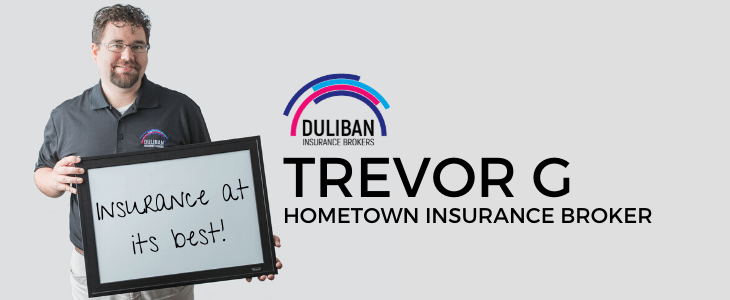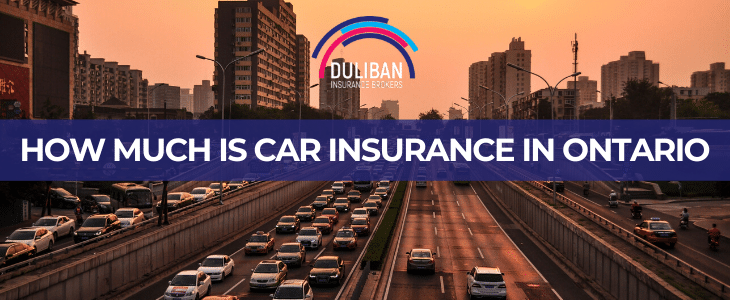There are many different factors Ontario insurers consider when determining how much car insurance in Ontario will be. These factors are specific to individual drivers and vehicles, which is why you won’t find flat rates at car insurance companies. A driver’s age, location, and history, as well as the vehicle’s make, model, and year play significant roles in setting premiums. Rates also depend on the type of coverage you choose, and whether or not you’re a high-risk driver.
How Much is Car Insurance in Ontario: Driver Factors
When calculating your car insurance rates, insurance companies will consider the following factors.
- Age – Drivers over the age of 25 typically have lower rates
- Location – Insurance rates are typically higher in urban areas because of the greater chance of accidents.
- Gender – Insurers consider male drivers higher risk than female drivers.
- How much you drive – Rates are higher for those who spend more time on the road.
- License history – How long you’ve had a license, what class and if you have any convictions
- License class – Are you driving your car to and from work, or do you have additional provisions for trucks or commercial vehicles?
- Tickets – Traffic tickets and other violations impact your premiums
- Claims – Filing many claims generally raises insurance premiums
- Suspensions – A license suspended because of a violation or offense, but not administrative purposes
- Insurance history and gaps – A period when your vehicle wasn’t insured.
- Non-payment of insurance premium – Has your coverage ever been canceled due to non-payment?
The government regulates insurance rates and requires carriers to submit an approval application before they can increase their prices. Even those that have a perfect driving record, might still notice premium increases. These industry-related increases are out of your control. Your insurance broker can help you navigate these changes and find affordable polices at a rate you can afford.
How Much is Car Insurance in Ontario: Vehicle Factors
In addition to driver details, insurers examine vehicle-related factors that can lower or increase premium rates.
- Make, model, and year – Car insurance rates are set according to the claims history of particular vehicles. Find out how most Canadian passenger cars rank.
- Usage/Commute – The more frequently you drive your car, and the longer the commute, the higher your rate tends to be.
- Purchase condition – Any preexisting issues with the vehicle will affect your rates.
- Purchase date – Whether you own or lease your car will impact the cost of insurance.
- Bought new or used – New cars are more expensive to repair than older ones and will have higher premiums.
- Alarm System – Having an alarm system can help lower premiums.
Additionally, your insurer may look for any extra safety features. Newer cars come with forward collision warning, adaptive cruise control, vehicle stability assist, and other protection that can lower insurance rates.
Mandatory Coverage
Automobile owners in Ontario are required to purchase insurance that includes the minimum coverage levels for the following policies.
Liability
Third-party Liability Insurance protects you financially if another person is injured or their property is damaged during an accident. You must have at least $200,000 of coverage that can pay for the potential legal fees. However, most policy in Ontario are set with $1 million in coverage and can be increased up to $2 million.
Accident Benefits
Statutory Accident Benefits coverage offers you financial compensation if you are injured during a car accident, regardless of fault. Your policy must contain supplementary medical, attendant care, and rehabilitation, along with caregiver and income replacement benefits.
Direct Compensation
Direct Compensation, Property Damage (DC-PD) Coverage reimburses you for the loss of your vehicle and its contents when you are not at fault for an accident. For the insurer to pay a claim, the following circumstances have to be met.
- The accident happened in Ontario
- One or more additional vehicles were involved in the collision
- One of the other cars has coverage from a licensed Ontario insurer, or an agreement with FSCO to include coverage.
If the accident doesn’t meet these criteria, your claim will go through your Collision Coverage or the insurance company of the at-fault driver.
Additional Coverages
You can also purchase additional protection that includes the following optional policies.
Collision (Upset Coverage)
This coverage will offer compensation to pay for damages caused to your vehicle in an accident, regardless of fault. This also will cover you in the event of a hit and run.
Comprehensive
This policy will pay for damages caused by covered perils not listed under your Collision Coverage. For example, fire, theft, falling objects, vandalism, hitting an animal, and other specified perils are all covered with Comprehensive Coverage.
Rental Car Coverage
A Collision Damage Waiver for rental cars may be included in your car insurance policy. You’ll need to check with your broker to confirm coverage. You can also obtain Supplemental Liability Insurance, which insures renters in the event of bodily injury to a third-party or Personal Accident Insurance for the driver and passengers.
Accident Forgiveness
Most insurers have Accident Forgiveness provisions that allow you to renew your policy following an accident. For example, a minor at-fault accident that occurred after June 1st, 2016, and incurred less than $2,000 worth of damages and is paid out of pocket form the at fault party. Cannot cause your insurance rates to increase. These provisions allow for one minor at-fault accident every three years.
Your Deductible
The deductible is the amount you will have to pay before the insurance company provides compensation for damages. The amount of your deductible impacts your premium rates. However, the carrier will also consider your percentage of fault. Expect higher premiums with a lower deductible and lower premiums with a higher deductible.
Typically, more coverage means a higher premium. However, this increase in premium is usually less than expected. For example, in some cases, it only costs about $30 per year (less than $3 per month) to increase liability insurance from $1mil to $2mil. Changing vehicles and driving records have much more of an impact on your rates than adding coverages do.
High-Risk Auto Insurance
Driving history is the most significant factor when determining a high-risk driver and their insurance rates. Multiple claims, tickets, suspensions, or cancellations can put you in the high-risk driver category
Drivers two violations or less within three years typically pay 25% more for car insurance. Individuals with more violations or a suspended license can pay up to 70% more.
All of the factors above are taken into consideration when evaluating high-risk drivers. The best way to lower your premium is to have a clean driving record for an extended period.
How Much is Car Insurance in Ontario: Final Thoughts
To learn more about Factors that Affect Your Insurance Premium, contact our brokerage at Duliban Insurance today at 1-855-385-4226.











